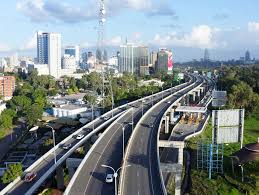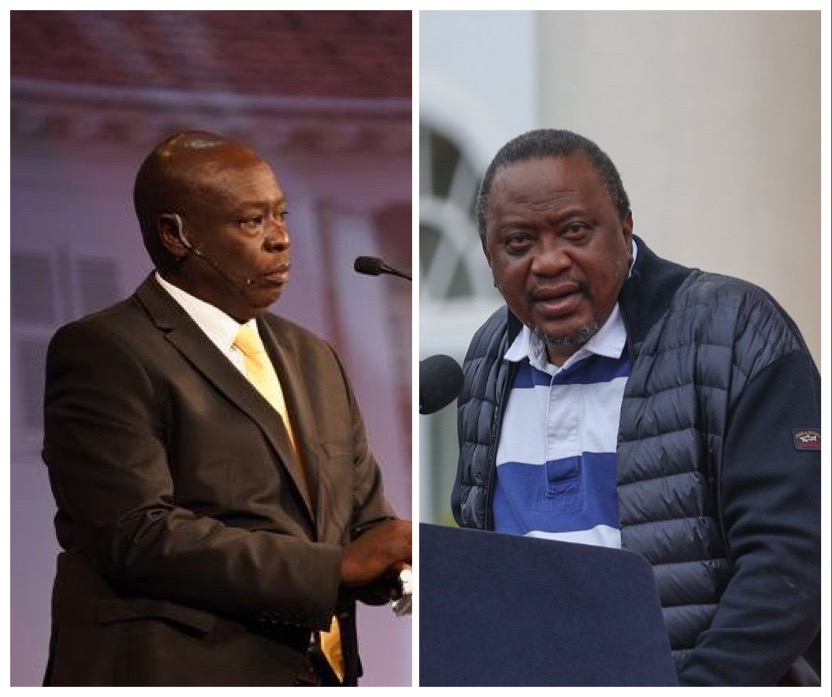Kenya at the Crossroads: Vision 2030’s Unfinished Journey and the Promise of Vision 2055
The plan targeted six sectors tourism, agriculture, trade, manufacturing, financial services, and ICT as engines for 10% annual GDP growth

When President Ruto unveiled Vision 2055, a new long-term blueprint to propel Kenya into first-world status within the next 30 years, it reignited a national question: what became of Vision 2030?
Launched in 2008 by the late President Mwai Kibaki, Vision 2030 promised to transform Kenya into a newly industrialized, middle-income country by that year
Now, with just five years to go, the country faces a moment of reckoning what has been achieved, and what remains a distant dream?

The Three Pillars of Vision 2030
1. Economic and Macro Pillar: Moving the Economy Up the Value Chain
The plan targeted six sectors tourism, agriculture, trade, manufacturing, financial services, and ICT as engines for 10% annual GDP growth
Flagship projects like the Standard Gauge Railway (SGR), Lamu Port, Huduma Centres, and the Bottom-Up Economic Transformation Agenda (BETA) were meant to drive this transformation.
Yet, Kenya’s economy continues to struggle with high inflation, low manufacturing output, mounting debt, and unemployment. As of June 2025, the national debt stood at Ksh.11.81 trillion, while GDP growth slowed to 4.7% in 2024, down from 5.7% in 2023
Sectors like construction and mining have seen contractions, and industrialization remains below target leaving the “middle-income dream” unfulfilled
Also read : Mystery as Guns and Ammunition Vanish from Thika Police Post Without Forced Entry
2. Social Pillar: Investing in People
Vision 2030’s social goals promised improved education, healthcare, housing, and inclusion
While initiatives like Universal Health Coverage (UHC), the Social Health Insurance Fund (SHIF), and Affordable Housing have been introduced, critics say the programs fall short for low-income citizens
Healthcare costs remain high, education fees continue to rise, and young Kenyans especially Generation Z have grown increasingly disillusioned
The 2024–2025 youth protests captured this frustration, revealing a generation that feels left behind by the country’s economic promises
3. Political Pillar: Building a Just and United Nation
The 2010 Constitution remains the political pillar’s crowning achievement, ushering in devolution and greater accountability
However, corruption scandals, unpopular tax policies, and waning public trust have dimmed its shine
An Afrobarometer survey (September 2025) found that only 38% of Kenyans trust the government to do what’s right. The rest see leadership as detached, opaque, and self-serving
Looking Ahead: Vision 2055 and the Lessons of the Past
President Ruto insists that Vision 2055 will build upon the foundation of Vision 2030, positioning Kenya as a global economic force
But for many citizens, the rhetoric feels repetitive echoes of earlier promises that never fully materialized
As Kenya edges toward 2030, it stands at a crossroads: torn between the fading ambitions of one vision and the uncertain hope of another
Whether Vision 2055 revives the dream or repeats history remains to be seen
Writer ; Mweru Mbugua



